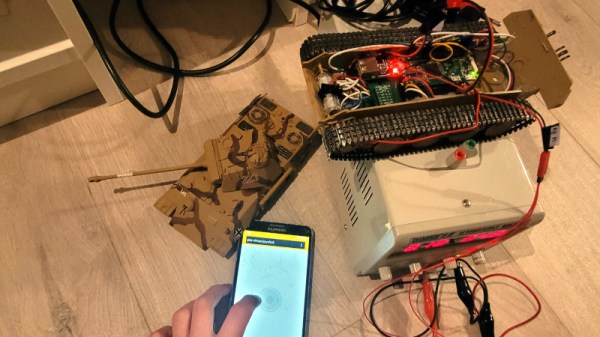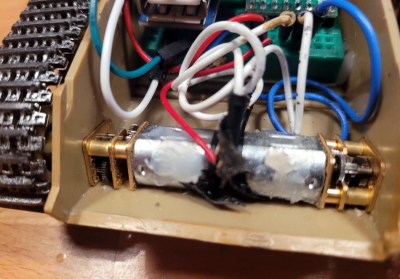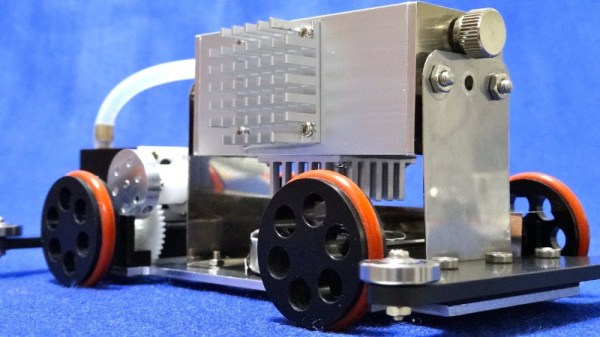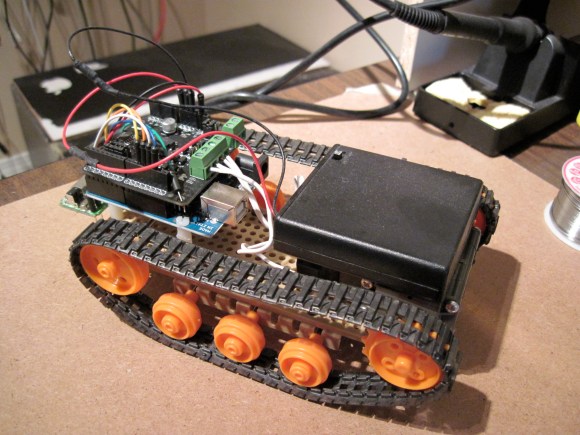[Azpaca] purchased a fun little toy car from Tamiya, only… there was a problem. The little off-roader wasn’t up to scratch—despite its four-wheel-drive, it couldn’t get over rough ground to save its life. Thus, it was time to 3D-print a better chassis that could actually get through it!
The problem was quite obvious. With no suspension and a rigid chassis, the vehicle would tend to end up with one or more wheels on the air on rough surfaces. To rectify this, [Azpaca] created a twisting chassis which would allow the wheels to better remain in contact with the ground. The design is relatively straightforward, and reuses much of the original drivetrain, including the simple brushed motor. However, with a pivot right behind the front wheels, it has much more traction on rocks and gravel, and can traverse these terrains much more easily.
Tamiya’s motorized toys aren’t particularly well known in the West, but it’s neat to see the community that exists around modifying them around the world. Design files are available for the curious. If you’re not down with mods, perhaps you’d prefer to print your own cars from scratch. Video after the break.
Continue reading “Tiny RC Four-Wheeler Gets Chassis Upgrade For More Traction”
















